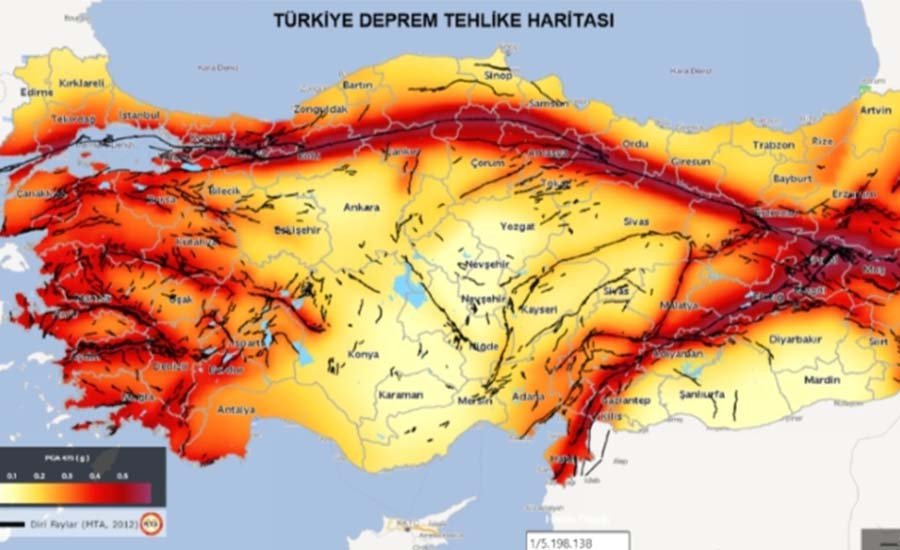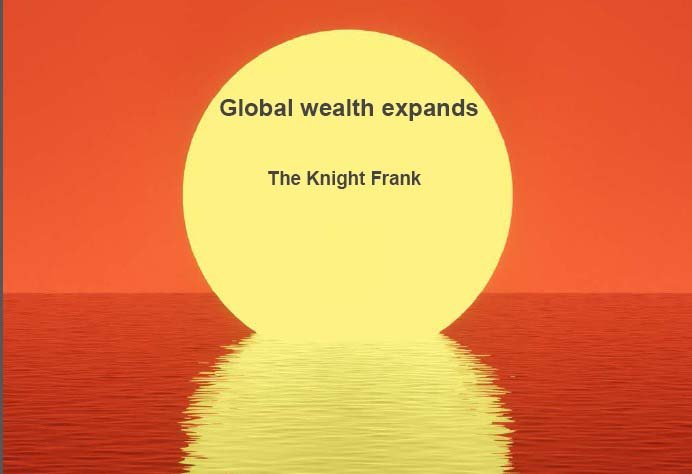читайте также
 Hotels in Vietnam: weak service and climate risks
Hotels in Vietnam: weak service and climate risks
 New housing rental rules in Greece
New housing rental rules in Greece
 Turkey at the Epicenter of Seismic Risk: 100 Earthquakes a Day
Turkey at the Epicenter of Seismic Risk: 100 Earthquakes a Day
 Global Wealth Map: The U.S. Maintains Leadership, Asia Strengthens Its Position
Global Wealth Map: The U.S. Maintains Leadership, Asia Strengthens Its Position
 Money Transfers to Georgia Increase: USA, Italy and Russia Lead
Money Transfers to Georgia Increase: USA, Italy and Russia Lead
 Londoners no longer want to buy property outside the city
Londoners no longer want to buy property outside the city
EU Citizenship in 2023: Who Got New Passports and Where

More than 1.1 million foreigners acquired citizenship in EU countries in 2023 — a 6.1% increase from 2022, according to Eurostat data. Analysts noted a continuation of long-term trends, though 2024–2025 saw a sharp change in direction.
Spain Leads in Naturalizations, Germany and Italy Follow
Five countries accounted for nearly 80% of all new EU citizenships in 2023:
Spain – 240,200 (22.9%)
Italy – 213,600 (20.3%)
Germany – 199,800 (19.0%)
France – 97,300 (9.3%)
Sweden – 67,800 (6.5%)
Spain also saw the largest absolute growth in naturalizations (+58,600), followed by Germany (+33,200) and Belgium (+6,700). The steepest drops were in Sweden (–24,400), France (–17,200), and Portugal (–3,800).
Where Citizenship is Growing Fastest
In percentage terms, Ireland led with a +34.3% increase, followed by Estonia (+32.7%), Spain (+32.2%), and Poland (+23.3%). Lithuania (–78.1%) and Bulgaria (–55.4%) saw the largest declines.
When measured against population size, Luxembourg issued the most new citizenships — 8.8 per 1,000 people — followed by Sweden (6.4), Spain (5.0), Belgium (4.7), and Italy (3.6).
Who Acquired EU Passports?
Most new EU citizens in 2023 (87.6%) were previously nationals of non-EU countries. Another 10.7% were from other EU countries, and 1.7% were stateless.
Top non-EU origin countries:
Syria – 107,500
Morocco – 106,500
Albania – 44,400
Romania – 37,200
Venezuela – 32,100
Turkey, Pakistan, Brazil, India, Ukraine
Germany, the Netherlands, and Sweden were the main countries naturalizing Syrians. Moroccans became citizens primarily in Spain and Italy, while Venezuelans overwhelmingly received Spanish citizenship (93.8%).
Demographics: Young, Female, and Southern-European-Focused
- 40% of new citizens were under 25.
- 43% were aged 25–44.
- Only 7.2% were over 55.
- The average age was 31.
- Women made up 50.8% of recipients, men 49.2%.
Greece had the youngest average naturalized population (median 21 years), while Croatia had the oldest (40.4 years).
Naturalization Rates: Sweden, Romania, and Italy on Top
The EU average naturalization rate was 2.6%, but Sweden (7.9%), Romania (5.9%), and Italy (4.1%) ranked highest. Latvia (0.4%) and Lithuania (0.1%) had the lowest.
The Trend Is Reversing in 2024–2025
The EU is entering a new phase of restrictive policy:
Germany is debating abolishing fast-track citizenship.
Italy has closed the citizenship path via great-grandparents.
Spain has launched reviews of naturalizations.
Sweden plans to tighten PR and citizenship rules.
The EU Court of Justice has declared Malta’s investment-based citizenship scheme illegal, and Czechia has effectively closed citizenship paths for Russians.
Conclusion: A Stricter Path Ahead
In 2023, the EU remained a leading issuer of citizenships, primarily to nationals of high-migration countries. But 2024–2025 reforms point to tighter control, increased screening, and a reevaluation of national identity policies — a shift that could significantly reshape future migration patterns.
Подсказки: EU citizenship, Eurostat, naturalization, Spain, Germany, Sweden, immigration policy, European Union, nationality, migration reforms





